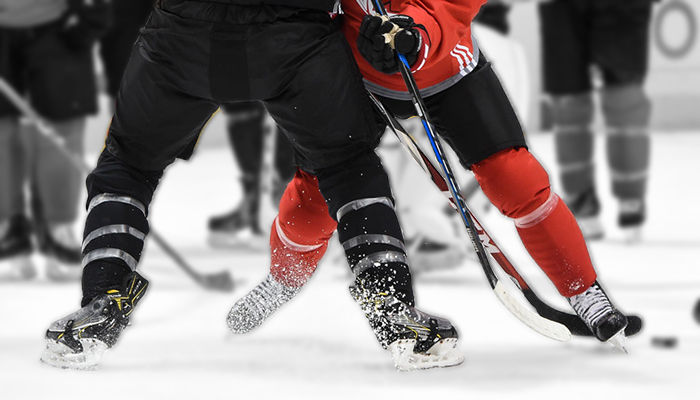Make Your Practice Drills Count
- Rick Traugott
- Oct 6, 2017
- 3 min read
I mention this a lot and truly can’t emphasize it enough: if you want to become a better coach, you need to learn from other coaches. I spent a few days in Montreal on business this week and managed to see three separate practices run by outstanding coaches (luckily, part of my job is to get to those practices as well). There is always something to learn watching other teams (and coaches!) practice and I always take a notebook to jot down drills and ideas.

This week, as part of a discussion about coaching, we talked specifically about doing things in practice that are game-like. As coaches, I know we all try to simulate game situations in practice. But taken another way, how many times do we do things in practice that will never happen in a game?
Here is a classic example: the full ice 1v1 rush. How many times will a player actually carry the puck all the way down the ice to play a 1v1 against a defender? When you think about it, it’s a rather ridiculous thing to do in practice. It truly NEVER happens in a game.
Now, that said, I really like running 3v0 and 3v1 rushes - two situations that rarely come up in a game. But, I have my reasons for doing this. Mostly, the 3v0 rushes are so that we can learn (or review/improve) the basics of our offensive zone entries. Our 3v1 rushes are used to create some pressure on the offence but also instill the notion that there has to be a scoring chance in this situation and hopefully, that will extrapolate to 3v2, 2v1 and even 3v3 rushes. So clearly, there are times where some drills won’t replicate game-like situations, but it’s good to always be aware of how each drill applies to the messaging and teaching you are trying to accomplish.
I emphasize speed and pressure a lot with my teams and often, coaches shy away from both of these things in a practice setting because it disrupts the flow of drills. Coaches love drills that don’t fall apart in the middle - a 2v1 drill will always feel better than a 1v1 drill because there will be more shots on net and ultimately more flow. But, hockey is not a game without pressure, speed and battles. We need to run more rushes with back-pressure in our practices. More battle drills in the corners and in the zone. More power play drills with serious pressure instead of just a static box with “sticks turned over”. These types of drills can still co-exist with skill development. But, after doing the puck handling drills with no pressure, it is paramount for players to be practicing those puck handling skills with pressure as well.
As well, coaches need to put players in situations in practice that happen in games regularly but we never seem to think about for practice. For instance, a 1v2 rush. Occasionally, two forwards will change on a 3v2 rush at the end of a shift leaving one forward moving the puck down the ice. Now, the offensive player will try to bob and weave through both defencemen, a situation that should be 99% of the time unsuccessful but, how many times do we see that forward get a chance to score on those rushes? And it won’t be because it’s Mario Lemieux. It’s because the defencemen don’t usually get to practice a 1v2 and they get confused and miscommunicate - like two outfielders who haven’t called a flyball.
Along the same lines, coaches should try to create situations that change in the middle of the drill and allow players to read and react to those changing dynamics. For example, running any kind of battle drills (rushes, zone play, small area games) where one coach send 1, 2 or 3 forwards out and another coach sends 1, 2 or 3 defencemen into the play. Then, there is a continually changing situation for players to find ways to capitalize on, either offensively or defensively.
Ultimately, don’t get caught just running drills. Be creative and find novel ways to simulate what happens in games. And, get out and watch a good coach in your neighbourhood run a practice.
A HUGE favour to ask: I have been thinking about momentum in games - how to create it, how to maintain it, how to take it back. Also, the situations that are likely to change momentum one way or another and what we can do, as coaches, to use those situations to our advantage. Let me know what your thoughts on “momentum”. E-mail me at rick@ricktraugott.com. I look forward to hearing from you and I will share them in a future blog post.